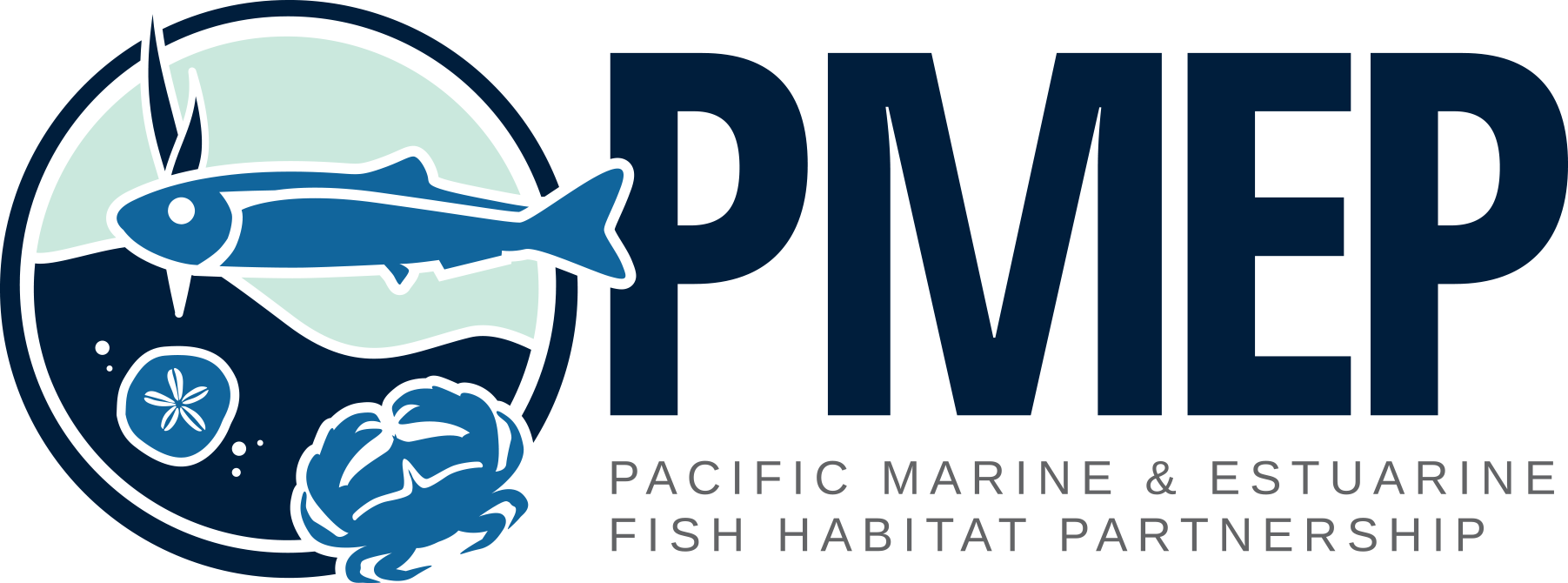Eelgrass populations along the U.S. West Coast are genetically unique; therefore, conservation and restoration of these habitats should be guided by information gained from these populations.This Spring, the Pacific Marine and Estuarine Fish Habitat Partnership (PMEP) completed a year-long effort to compile existing knowledge of eelgrass habitats along the U.S. West Coast. This report was commissioned by The Nature Conservancy to provide a synthesis of the state of scientific knowledge of U.S. West Coast estuary eelgrass habitats and the ecosystem services they provide. PMEP synthesized the literature relevant for the U.S. West Coast and standardized existing geospatial data on the current and historic extent of eelgrass for Zostera spp. PMEP investigated the role of 444 U.S. West Coast estuaries in providing eelgrass habitat and compiled its findings in a geodatabase.
This report synthesizes information on:
1) Presence and extent of eelgrass along the U.S. West Coast,
2) Ecosystem services provided by eelgrass habitats,
3) Important and emerging threats to eelgrass habitats in U.S. West Coast estuaries,
4) Knowledge and data gaps, and
5) Management strategies to conserve and restore eelgrass habitats and their ecosystem functions along the U.S. West Coast.
PMEP would like to thank the many experts and stakeholders who provided data and information, participated in webinars and surveys, or reviewed a draft of this report. Their contributions ensure that this summary of the present state of scientific knowledge of ecosystem services and extent of eelgrass habitats in Washington, Oregon, and California will be an essential tool for use in estuarine restoration and conservation projects to sustain healthy fish and invertebrate populations.
View full report — Eelgrass Habitats on the U.S. West Coast: State of the Knowledge of Eelgrass Ecosystem Services and Eelgrass Extent.
View spatial data here.
View short synopsis of report content.
